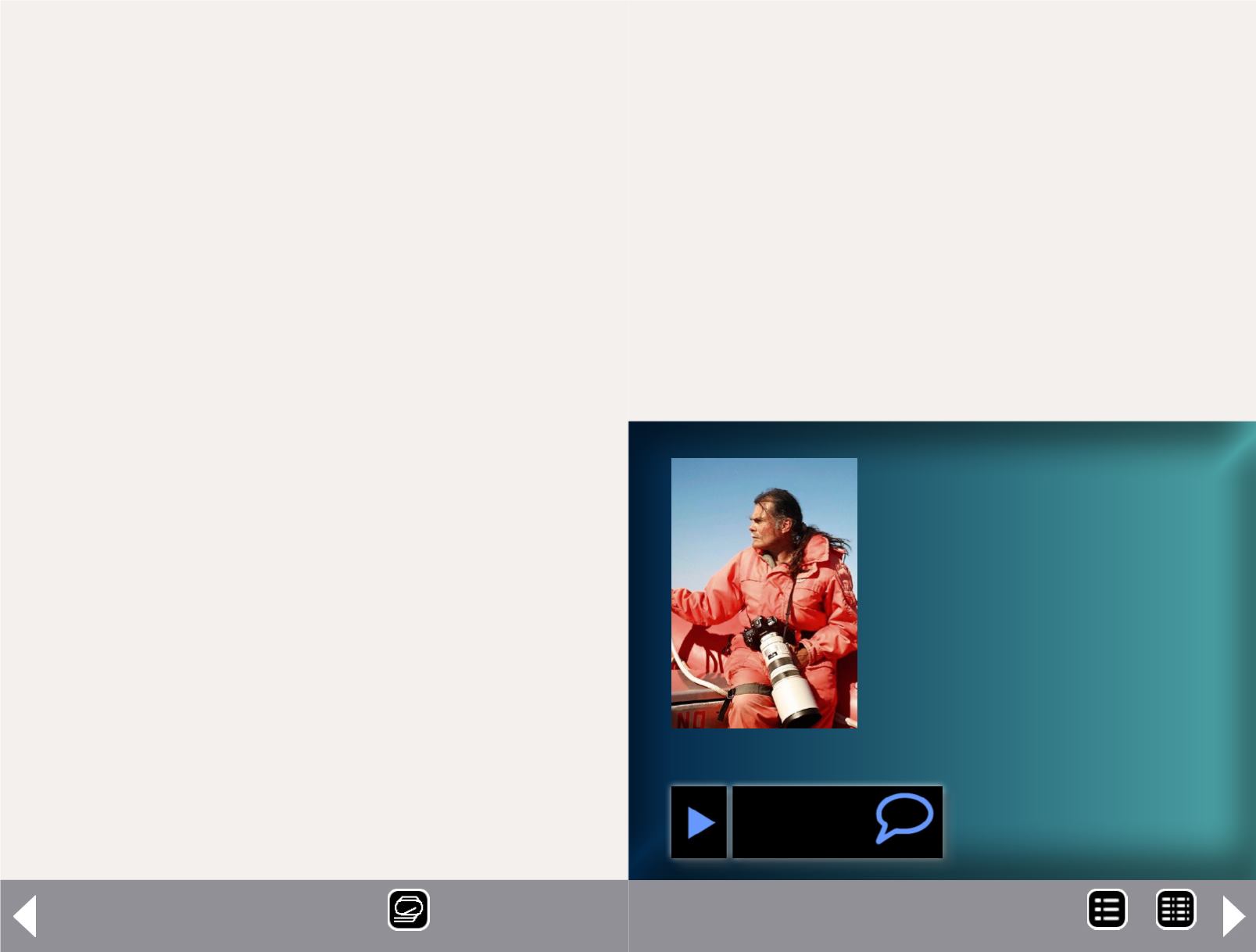
In the beginning, I wired the layout the old-fashioned way with
stationary controls and control panels where you watched the
train go by. I had electrically controlled turnouts so we didn't
have to walk back and forth between the turnouts and the
panels. Well, this called for miles and miles and miles of elec-
trical wire. The underside of my layout looks like a bowl full of
spaghetti.
Eventually I found a fella that had a walk-around control. It
wasn't command control; you still had to have blocks. I had 31
blocks with 4 cabs so I'd get a few guys up here to operate the
layout and it was always "Who's got my block?" or "Can you
get out of that block so I can move in there?" It worked but it
wasn't all that great.
Then we got command control and I went with Digitrax. It
worked fine. I had a good experience with Digitrax. However
it wasn't very intuitive, it was difficult to use and especially to
show others how to use it. I kept forgetting how to program
configuration variables and it was frustrating.
I recently switched over to NCE which is much more intuitive.
It basically asks you a question if you want to do something
and you follow a menu to do it. I'm very happy with NCE. The
blocks are still there, I just switched everything over to Cab D.
If needed I can turn off a block and look for a short circuit or
isolate a problem. So the blocks are still handy. The layout
is also sectioned with circuit breakers so if one section goes
down, the rest of the layout can still be operated.
I don't rely on rail joiners for connectivity. Every individual
piece of flex track is wired to the bus by feeder wires with the
exception of some stub-end sidings where I park locos. There
I used power-routing turnouts. However, over the years I've
found that the points don't make solid contact thus increasing
electrical resistance. I plan to rewire these sidings with toggle
switches.
Gustav:
Your layout appears almost complete. Do you feel it is?
Jim:
No, not at all. After about 10 years of working on the lay-
out my wife asked me one day when I was going to finish it. I
told her, "Sweetheart, when I finish it, I will also be finished."
There are some areas that still need to be sceniced. I hate see-
ing white plaster so I always paint it and add some ground
cover, tea leaves, whatever, but I want to get back to those
areas and create more three-dimensional scenes.
I still have a lot of kits to build. On my workbench there's an
elaborate saw mill in progress. Most of the structures on the
Naturalist Gustav W. Verderber
is an author, professional nature
photographer, and adjunct professor
of environmental science with a MS in
zoology.
Gustav's New England and Erie is a
freelance HO layout, complete with
structures and scenery. The layout
is loosely based on the rust belt of
northern Ohio where he grew up.
Jim Ferguson’s GN - 1
MRH-Oct 2013


